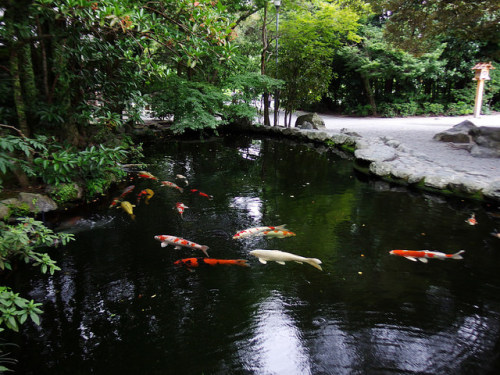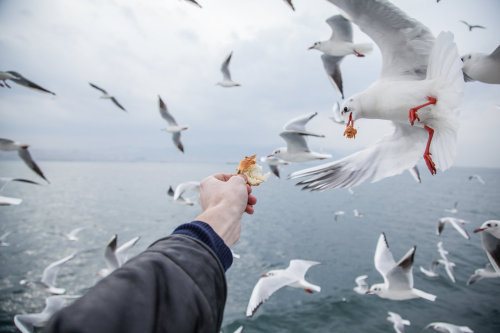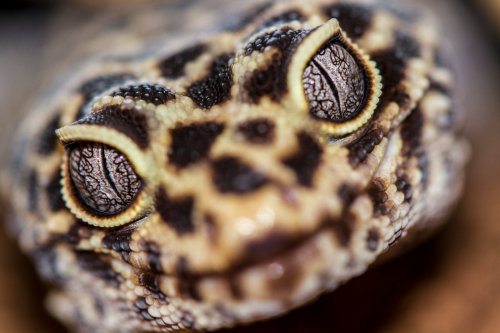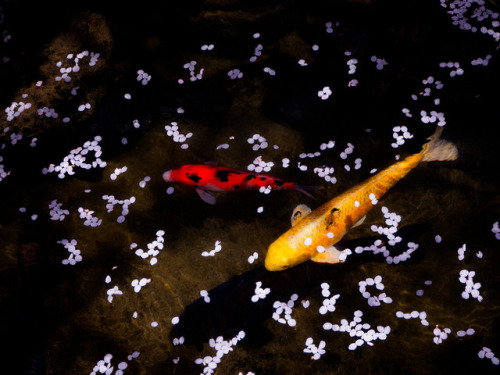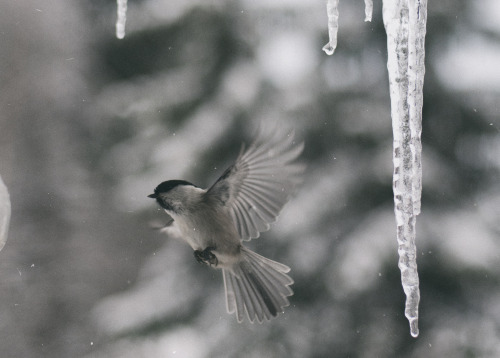#nature

A distant memory ✨

If I asked you to guess the name of this ray, you would probably guess correctly - this is a bullseye ray! That said, the name is misleading since these fellows are actually skates, not rays. Besides the large eyespot on its back, this species stands out for its use of electricity for defense and predation. The electric organs are described as being large, kidney shaped organs on either side of the head that can be seen through the skin, so I’d assume this individual doesn’t just have puffy cheeks!
PC elasmodiver.com

Ocean alien - this mesmerizing creature is glaucus atlanticus, or the “blue dragon” nudibranch. Rather than crawl along the seafloor like other sea slugs however, these little dragons really do soar across the seas - those winglike appendages create surface tension that allows them to adhere to the underside of the water’s surface, with currents and wind patterns carrying them across large distances. Despite this grand way of living, g. atlanticus only reaches up to a few centimeters long!

Elizabeth Taylor on the set of “Who’s Afraid of Virginia Woolf?” Photographed by Bob Willoughby (1965)
Manatees

Manatees are herbivores and eat over 60 different freshwater and saltwater plants.

The main causes of death for manatees are human-related issues, such as habitat destruction and human objects.

Their slow-moving, curious nature has led to violent collisions with propeller-driven boats and ships. Some manatees have been found with over 50 scars on them from propeller blades. Natural causes of death include adverse temperatures, predation by crocodiles on young, and disease.
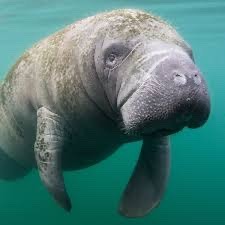
Apart from mothers with their young, or males following a receptive female, manatees are generally solitary animals.

Manatees spend approximately 50% of the day sleeping submerged, surfacing for air regularly at intervals of less than 20 minutes.

The remainder of the time is mostly spent grazing in shallow waters at depths of 1–2 m (3 ft 3 in–6 ft 7 in). The Florida subspecies (T. m. latirostris) has been known to live up to 60 years.

Endangered Florida manatee (Trichechus manatus)

Manatees
PhoTones Works #8648 by TAKUMA KIMURA OLYMPUS AIR A01
Web Site(JP):Takuma Web Site
http://flic.kr/p/SRDAm1
Post link
PhoTones Works #8649 by TAKUMA KIMURA OLYMPUS AIR A01
Web Site(JP):Takuma Web Site
http://flic.kr/p/U5svPd
Post link

